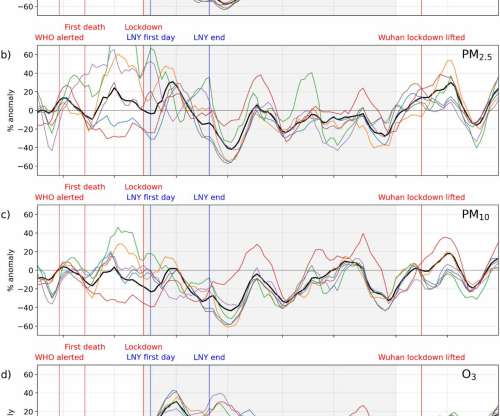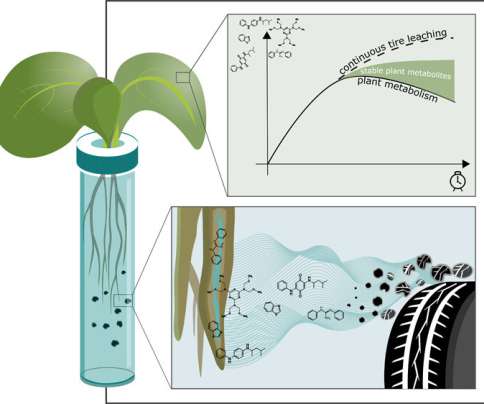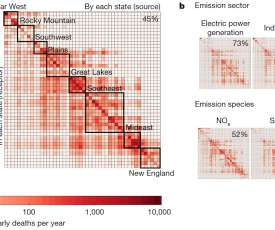University of Cambridge designs new method to measure ozone depletion
Innovation News Network
AUGUST 25, 2022
Researchers at the Universities of Cambridge and Leeds have developed an innovative new method for measuring ozone layer depletion. The post University of Cambridge designs new method to measure ozone depletion appeared first on Innovation News Network.



































Let's personalize your content